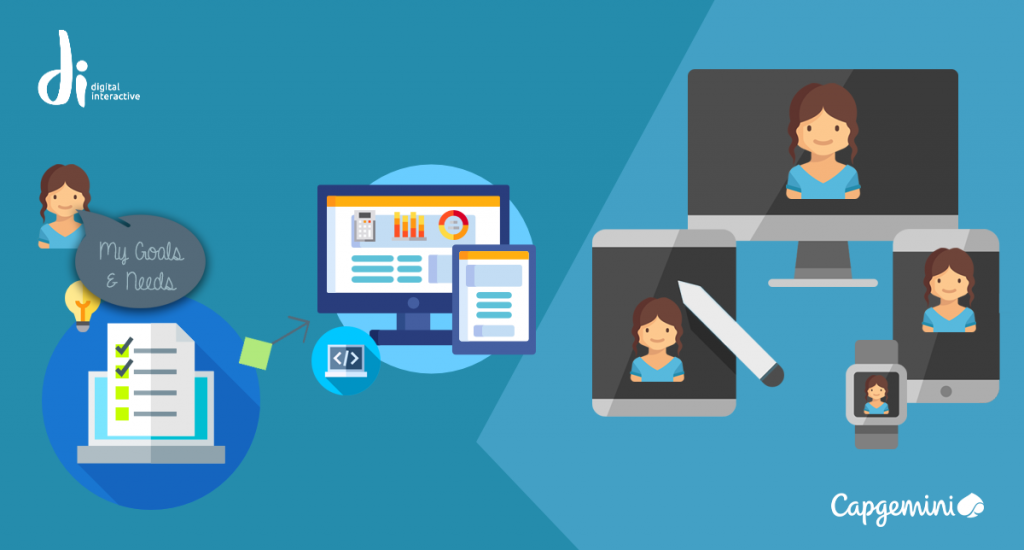Software as a Service Implementations Need a Design-Led Approach

Software implementations today are different from what they were just a few years ago. Gone are the days when software packages were implemented with little to no opportunity for customization and could only be run on computers in an office. Users were an afterthought and had to deal with a steep learning curve. They also had to adapt their processes to the software.
Fast forward to today, when we have Software as a Service (SaaS) disruptors like Salesforce, and traditional software like SAP and SharePoint that look nothing like their earlier versions. Software today is increasingly available:
- in the cloud,
- with modernized interfaces,
- featuring responsive designs that work across desktop and mobile devices,
- is more usable out of the box, and
- the user interface is constantly being improved.
‘If you build it, they will come’? Not really!
With all these changes and advances, there is a greater temptation to take an implement-and-they-will-use-it (if you build it, they will come) approach. The problem is that this is still a system-first approach, keeping the end user an afterthought. The user interface is slicker, but an out-of-the-box implementation still means that the user has to adapt to the software, instead of the other way around.
User-first trumps system-first
Digital Interactive, our user experience design team, takes a user-centered approach. We start with the user and their needs first – a user-first approach instead of a system-first approach.
Long before any development, we spend time with actual users, understanding their needs. This helps us identify which parts of the software will work as-is, what needs some tweaking, and what needs an overhaul. We then design the solution using Rapid Design & Visualization, a focused version of our user-centered design methodology.
Yes, we do Design
One of the best-kept secrets about Capgemini is that we do design. We’ve been doing design for my entire career with Capgemini (18, going on 19 years now). As a group, we have increased our focus on design with acquisitions like Fahrenheit212, Idean, LiquidHub, and Lyons Consulting Group.
This has expanded our digital and design capabilities in user research, UX design and visual design. Our design spectrum goes from business innovation and strategy at one end, to tangible front-end design and implementation at the other end.
Even though we are discussing SaaS here, we use these design capabilities for custom design and development projects that do not have the limitations of a platform or software.
Up Next
Over the coming weeks, I will describe our design approach for SaaS implementations. This includes our use of rapid prototyping to allow users to test drive the future solution before beginning any development. This not only saves time and money but also helps with the implementation, roll-out, and more importantly, ends up with satisfied (and happier) users.
Credits: Illustration by India Irby

Leave a Comment